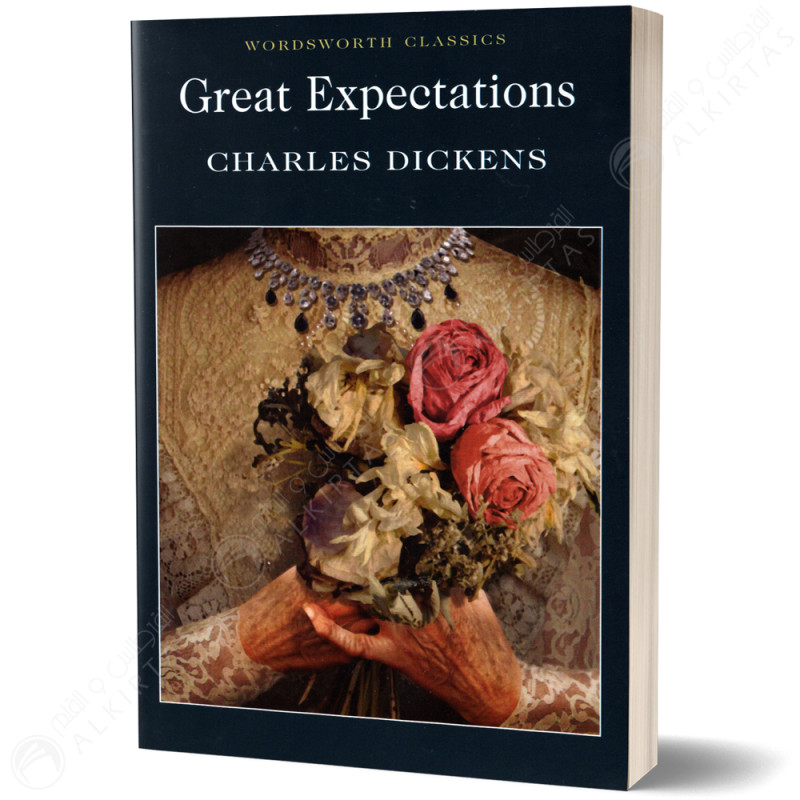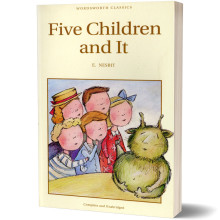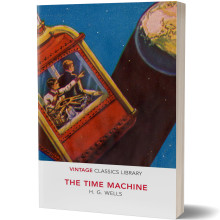About the Book
Considered by many to be Dickens’ finest novel, Great Expectations traces the growth of the book’s narrator, Philip Pirrip (Pip), from a boy of shallow dreams to a man with depth of character. From its famous dramatic opening on the bleak Kentish marshes, the story abounds with some of Dickens’ most memorable characters. Among them are the kindly blacksmith Joe Gargery, the mysterious convict Abel Magwitch, the eccentric Miss Havisham and her beautiful ward Estella, Pip’s good-hearted room-mate Herbert Pocket and the pompous Pumblechook. As Pip unravels the truth behind his own ‘great expectations’ in his quest to become a gentleman, the mysteries of the past and the convolutions of fate through a series of thrilling adventures serve to steer him towards maturity and his most important discovery of all – the truth about himself.
About the Author
Charles Dickens
When 'The Posthumous Papers of the Pickwick Club', his first novel, was published, Charles Dickens (1812-1870) was just twenty-four. Published, like most of his books, in weekly instalments, it started him on a path to fame, wealth and international acclaim. Widely considered to be a literary genius second only to Shakespeare, Dickens' works, such as 'Great Expectations' and 'A Christmas Carol', remain as popular as ever.
Charles John Huffam Dickens was born in Portsmouth in 1812, the son of a clerk and the second of eight children. He was forced to leave school to work in a factory when his father was incarcerated in a debtors’ prison. He never forgot this experience: the ignominy of this situation and the harsh conditions he endured are often reflected in the unfair treatment many of his characters undergo in his novels.
He taught himself shorthand and eventually became a reporter of parliamentary debates before starting to write witty pieces for various periodicals which were later collected together and published as Sketches by Boz. Dickens’s literary success began with the 1836 serial publication of The Pickwick Papers. Oliver Twist (1837) followed. The story was inspired by Dickens’ memories of his own impoverished childhood. From 1838 to 1841, he published The Life and Adventures of Nicholas Nickleby, The Old Curiosity Shop and Barnaby Rudge.
By the 1840s he had become an international literary celebrity, famous for his humour, satire, and keen observation of character and society. His novels, most published in monthly or weekly instalments, pioneered the serial publication of narrative fiction, which became the dominant Victorian mode for the initial presentation of a novel. The instalment format allowed Dickens to evaluate his audience’s reaction, and he often modified plot and character development based on such feedback. His plots were carefully constructed, and he often wove elements from topical events into his narratives. Masses of the illiterate poor chipped in a few coppers to have each new monthly episode read to them, inspiring a new class of readers.
As Dickens’ fame spread and he was feted not only in this country but also in America. His 1843 novella A Christmas Carol, which many regards as laying the foundations of what we regard as the modern Christmas, was an instant bestseller.
Dickens’ output was prodigious and it seemed that great novels spilt easily from his pen. Amongst these fine works of literature are David Copperfield (1850) and Great Expectations (1860), which like many of his novels, evoke images of early Victorian London; Bleak House (1853), which exposed the fallibility and corruption of the legal system; and A Tale of Two Cities (1859), set in London and Paris, at the time of the French Revolution.
Charles Dickens has been praised by fellow writers – from Leo Tolstoy to George Orwell and G. K. Chesterton – for his realism, comedy, prose style, unique characterisations, and social criticism. On the other hand, Oscar Wilde, Henry James, and Virginia Woolf complained of a lack of psychological depth, loose writing, and a vein of saccharine sentimentalism. On this last point, Wilde observed that he could not read of the death of Little Nell from The Old Curiosity Shop (1841) without laughing.
As well as being a great novelist, Dickens developed a new, composite art form in his stage performances, acting out specially adapted passages from his own works and varying his expressions and speech patterns, so that it seemed as if he were becoming possessed by the characters he created. His reading tours won him huge popular acclaim on both sides of the Atlantic. And in all probability, the physical exertion required to perform in front of large audiences contributed to his premature death, from a stroke, in 1870.
The author’s last novel, The Mystery of Edwin Drood was left uncompleted when he died. The public outpouring of grief at his death was indicative of the extraordinary relationship he had developed with his audience over a prolific and extraordinarily successful writing career.
Dickens remains one of the best-known and most-read English authors. His works have never gone out of print, and have been adapted continually for the screen since the invention of cinema, with at least 200 motion pictures and TV adaptations based on his works. Many of the novels were adapted for the stage during his lifetime, and as early as 1913, a silent film of The Pickwick Papers was made. For the modern reader, his novels bring to life the rich colourful life of the world of Victorian Britain and the variety of fascinating characters of all dramatic hues that inhabited it.
- Langue
- Anglaise
- Dimensions
- 125 mm x 198 mm
- Edition
- Wordsworth Editions
- Collection
- Wordsworth Classics
- Auteur
- Charles Dickens
- Poids
- 290 g
- Nombre de pages
- 432 pages
- Date de Parution
- 05/05/1992
- Série
- Classics

































